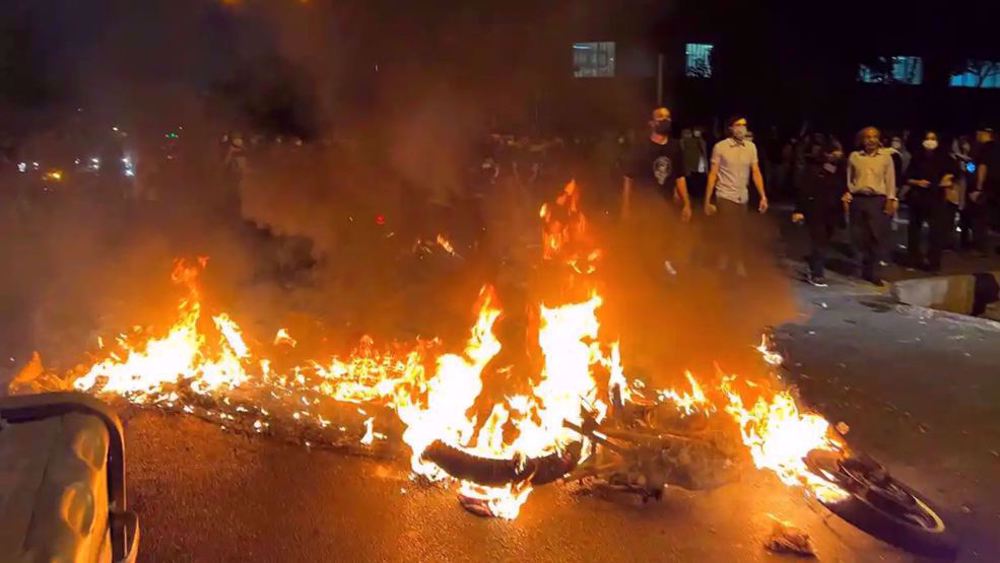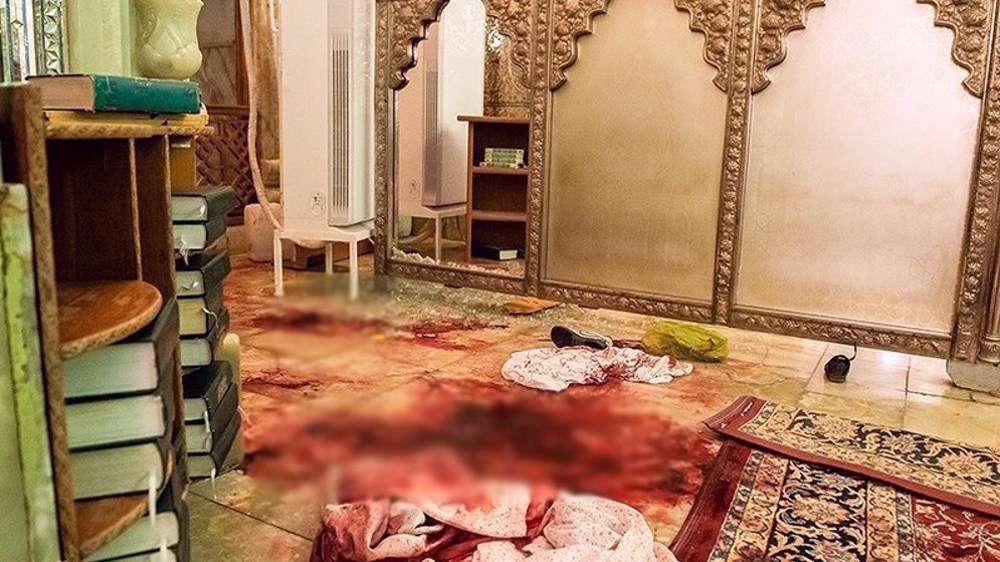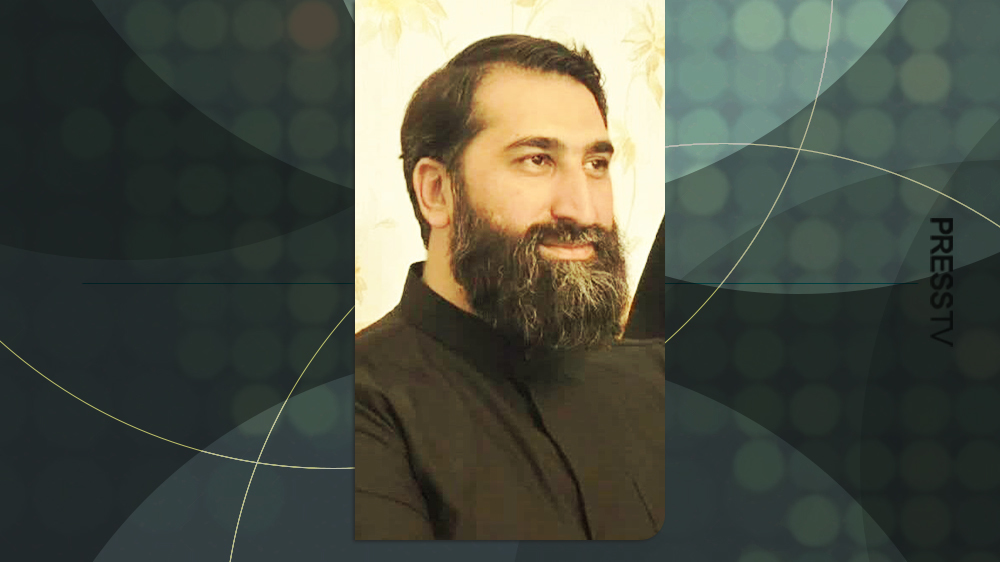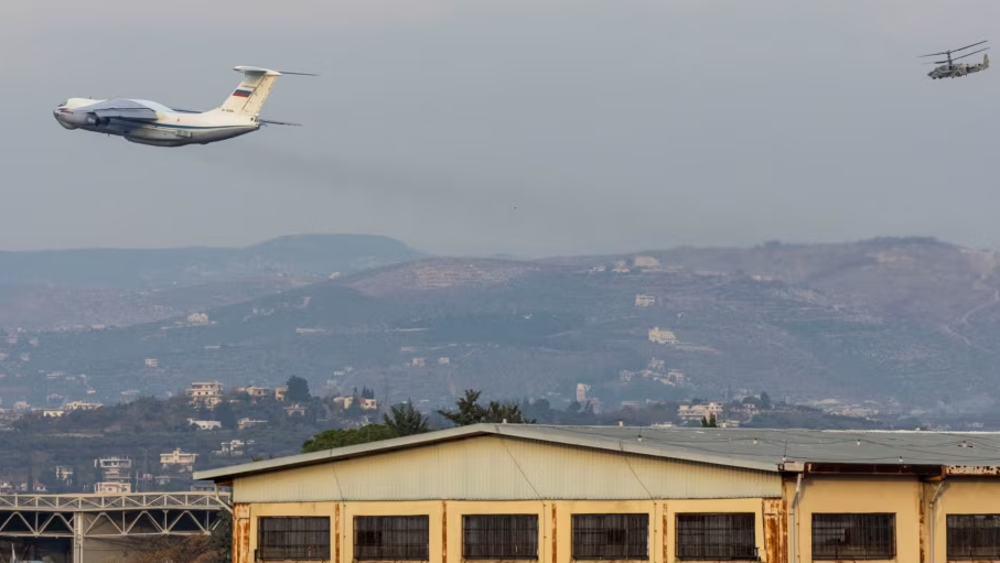Enemy's hybrid war: 200 Iranians killed in riots provoked by separatist, terrorist groups
Iran's Interior Ministry says the enemy waged a hybrid war against the Islamic Republic to weaken national solidarity and hinder the country's progress, stressing that some 200 people lost their lives in the riots sparked by separatist and terrorist groups since the outbreak in September.
In a statement published on Saturday, the Security Council of the Interior Ministry said a few number of rioters conducted acts of vandalism, violence and insecurity in Iran and paved the way for separatist and terrorist groups to infiltrate into the country and carry out brutal attacks against innocent people.
The ministry provided its first death toll that has come as a result of the riots so far and said the deceased include security forces, people killed in terrorist acts, innocent people who fell victim to the “false-flag killing project” by foreign-affiliated groups, rioters and armed counterrevolutionary elements who were members of secessionist groups.
It noted that the riots, which erupted over the death in police custody of a young Iranian woman in mid-September, have inflicted trillions of rials in damage to state, public and private property.
Mahsa Amini, 22, died in hospital three days after she collapsed in a police station. An investigation attributed her death to medical condition, dismissing allegations that she had been beaten by police forces.
In the past two months, and using the protests as a cover, rioters and thugs — many of whom were later found to have links with foreign parties — have been on a rampage, engaging in savage attacks on security officers, vandalism, desecration of sanctities, and false-flag killings of civilians to incriminate the Iranian police.
The riots also set the scene for terrorist attacks across the country.
The statement further said following Amini's tragic death, the enemy accelerated the implementation of its complicated plot to wage a hybrid war against Iran which was supposed to begin under different pretexts.
It added that the enemy hatched plots to stir up ethnic, religious and sectarian violence in Iranian border provinces, including Sistan and Baluchestan, Kordestan and West Azarbaijan.
According to the ministry, the enemy's intelligence bodies smuggled huge amount of weapons into the country to carry out terrorist attacks and conduct extensive psychological operations in order to stoke dissatisfaction among the Iranian people and make them accuse the Iranian administration for the growing insecurity in the country.
It noted that the country has tried to deal with the riots with maximum leniency but emphasized that the Iranian security apparatus and police forces are firmly determined not to allow the foreign-backed riots to endanger national security and would deal decisively with any source of disorder and illegal gatherings at any level.
Iran will never compromise or negotiate on the security of its people, the statement pointed out.
Iranian President Ebrahim Raeisi said on Thursday that the enemy made a “scandalous miscalculation” by instigating the recent riots in Iran, emphasizing that the Iranian nation thwarted their plots to stoke insecurity and chaos across the country.
“In the recent events, counterrevolution elements made a scandalous miscalculation as usual as part of their continued [acts of] betrayal, and other crimes were added to their past record of betrayals,” Raeisi told people in the Kurdish city of Sanandaj, Kordestan’s provincial capital, where violent protests initially broke out after Amini's death.
“They thought that they could achieve their malicious goals by creating chaos, insecurity and terrorist acts, but they were dismissive of the fact that the noble people of Kordestan have had … thousands of martyrs in the Revolution,” the president added, referring to the 1980-1988 war imposed by Iraq on Iran.
5 Israeli forces killed as Palestinian fighters face up to regime’s war machine
VIDEO | Israeli settler killed during strike against Tel Aviv; fresh aggression targets Yemen’s capital
VIDEO | Yemen’s missile strikes on Tel Aviv
Iran to open 6 GW of new power capacity by next summer
VIDEO | South Korean rallies set the stage for battle over Yoon's impeachment
Hamas, other Palestinian groups say Gaza ceasefire deal ‘closer than ever’
VIDEO | Press TV's news headlines
Iran condemns ‘violent’ attack on Christmas market in Germany













 This makes it easy to access the Press TV website
This makes it easy to access the Press TV website